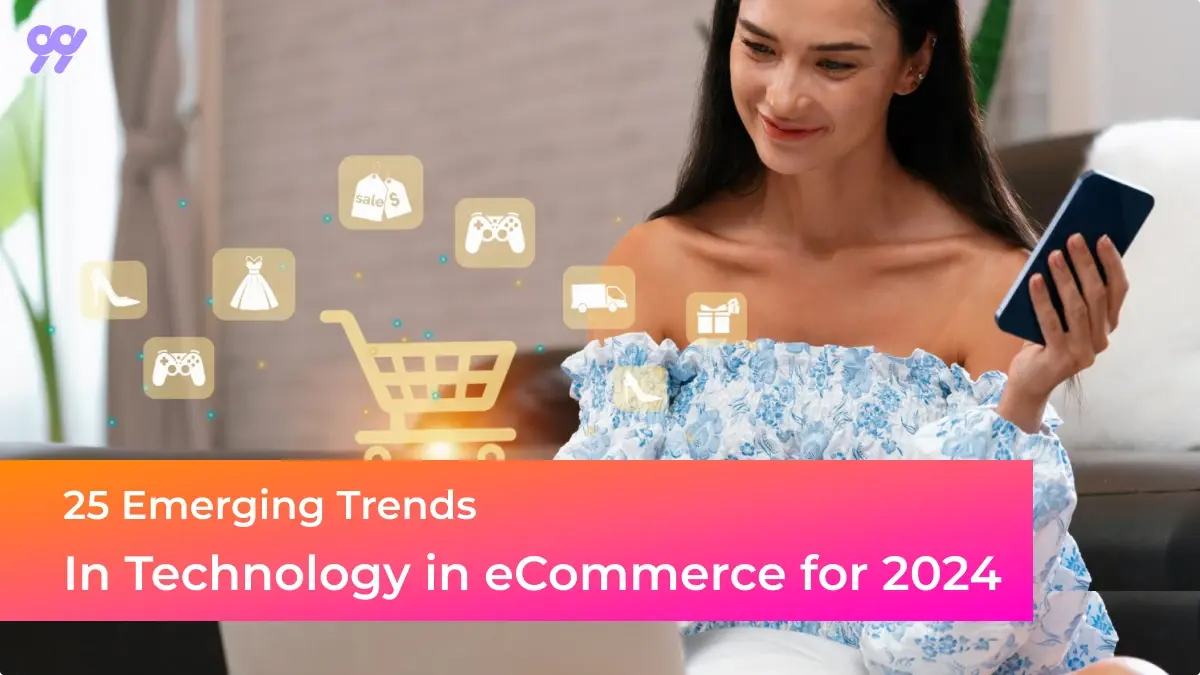
In today's fast-paced digital world, keeping competitive in ecommerce requires more than simply a strong online store. It necessitates using cutting-edge technology in eCommerce to stimulate innovation and improve the buying experience. As we approach 2024, several cutting-edge technology in eCommerce are poised to transform how organizations function and connect with their customers. From powerful artificial intelligence (AI) to immersive augmented reality (AR), these technologies open up new possibilities for growth, efficiency, and client engagement. In this article, we will look at 25 major technologies in eCommerce driving online retail's future and how you can incorporate them into your plan to remain competitive and fulfill your customers' changing requirements.
What is eCommerce Technology?
Ecommerce technology encompasses a variety of technology in eCommerce and developments that facilitate online transactions between firms and customers. Key components include ecommerce platforms (websites and mobile apps) for displaying items and services, as well as payment gateways for securely processing transactions.
Inventory management systems keep track of goods and manage orders, whereas CRM systems personalize interactions based on customer data. SEO technologies improve website visibility, while analytics offer insights into sales and customer behavior. Data is protected by security measures, and artificial intelligence improves the shopping experience with personalized recommendations and chatbots.
Mobile commerce guarantees that platforms perform well on smartphones, while AR/VR provides engaging buying experiences. Overall, ecommerce technology improves online retail operations and customer pleasure.
For instance, 99minds uses technology to offer gift cards, store credits, and loyalty programloyalty programs that improve consumer satisfaction and encourage recurring business. With the help of these tools, companies can guarantee client happiness while streamlining operations.
25 Cutting-Edge eCommerce Technologies for 2024
- Artificial Intelligence (AI) & Machine Learning (ML)
AI and machine learning are altering the ecommerce industry by providing a more in-depth insight into client preferences and behavior. This technology in eCommerce helps in analyzing massive volumes of data and discovering patterns to provide personalized shopping experiences, while ML constantly improves these predictions. AI-generated videos and AI voiceovers can further enhance this content by creating customized, engaging presentations quickly, offering brands a scalable way to produce polished videos tailored to their audience. From product recommendations to dynamic pricing, AI and ML improve operations and customer pleasure. They also improve demand forecasting, inventory management, and tailored marketing, helping organizations to satisfy customer demands more efficiently.
Example: Amazon uses AI and ML not only to recommend products to users based on their past purchases and browsing behavior but also in several other key areas. When you shop on Amazon, the “You might also like” or “Recommended for you” sections are powered by AI algorithms that predict what you’re likely to buy next.
Additionally, Amazon utilizes AI for fraud detection and prevention, ensuring secure transactions by identifying suspicious activity in real time. AI also plays a crucial role in supply chain optimization, helping Amazon manage inventory, forecast demand, and improve delivery efficiency.
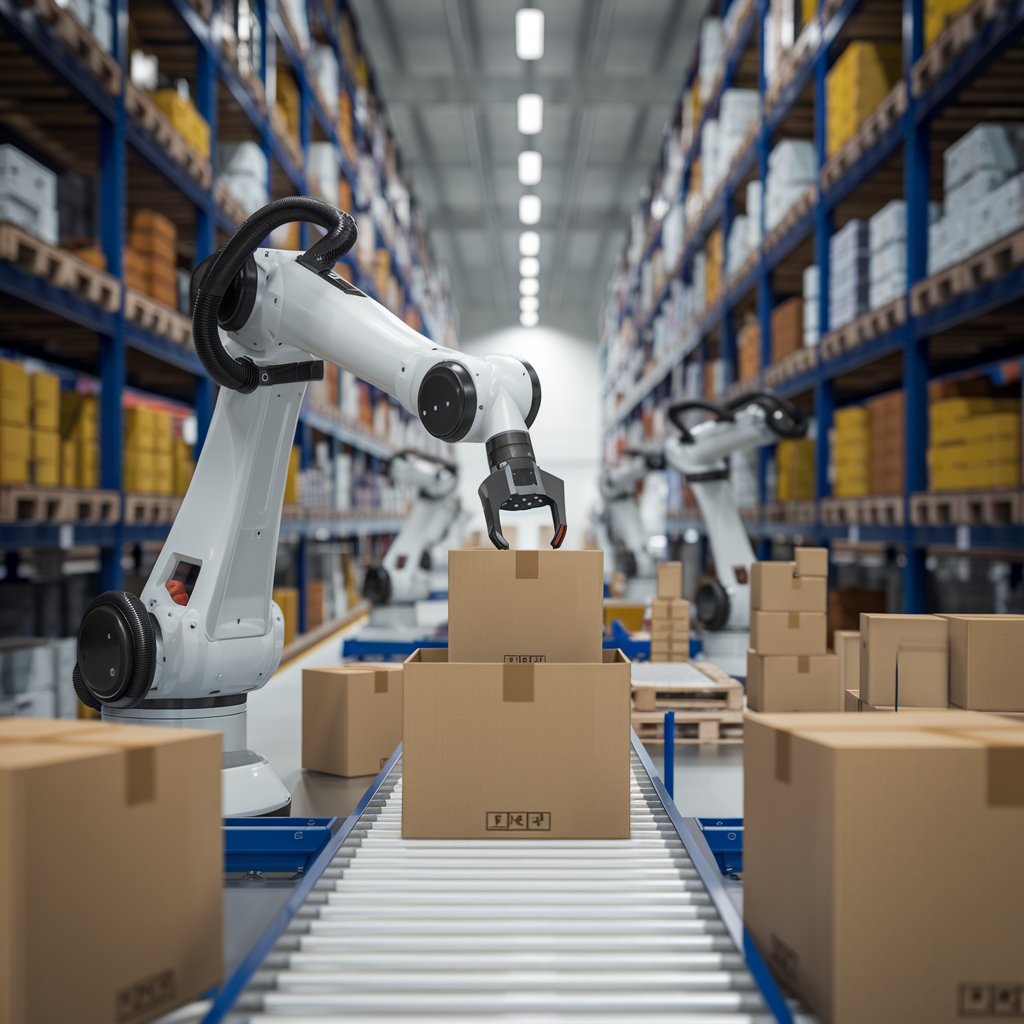
- Augmented Reality (AR) & Virtual Reality (VR)
AR and VR are generating immersive online shopping experiences that allow shoppers to see things in their environment before making a purchase. AR enables shoppers to try on items, examine how furniture fits in their environment, and view things in 3D. VR goes a step further by delivering a virtual retail experience in which customers can browse and explore things as if they were physically in a store, increasing customer engagement and minimizing the likelihood of returns.
Virtual events and experiences, in addition to these elements, are completely changing the way brands communicate with their consumers. Businesses may create engaging, real-time experiences that bring their products to life by organizing virtual product debuts, interactive showrooms, and online shopping events. These virtual events are an effective way to increase brand loyalty and sales since they not only improve the shopping experience but also help to build a sense of community and connection with customers.
Example: IKEA’s AR app allows customers to visualize how furniture would look in their home by overlaying a 3D image of the product in their living space through their smartphone camera, helping them make informed purchase decisions.
- Mobile Commerce & Progressive Web Apps (PWAs)
As mobile shopping becomes more prevalent, PWAs provide the ideal combination of online and mobile app experiences. PWAs feature fast loading times, offline access, and seamless navigation, giving consumers an app-like experience without the need to download anything. This is critical for reaching the growing number of mobile-first buyers, who expect speed and ease while browsing and purchasing on their smartphones.
Example: Starbucks’ PWA lets users order coffee, view the menu, and earn rewards without downloading a separate app. The PWA functions offline, ensuring a smooth user experience even with poor internet connectivity.
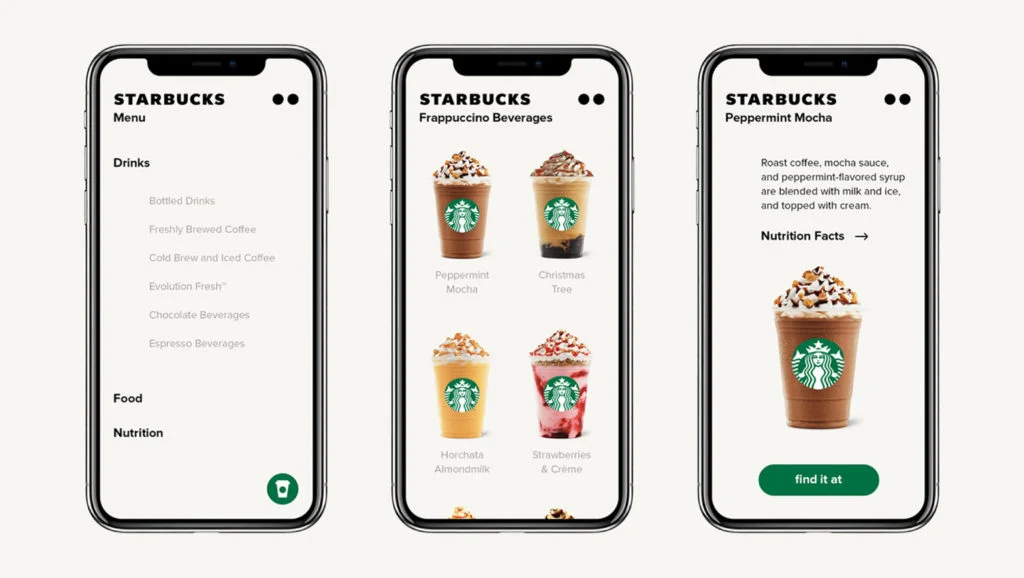
- Voice Commerce
Voice commerce, backed by AI-based voice assistants such as Amazon Alexa, Google Assistant, and Apple Siri, enables people to shop using speech commands. Voice commerce improves the shopping experience by allowing customers to add goods to their carts, check order statuses, and make purchases without using their hands. This hands-free experience is gaining popularity, making it critical for businesses to optimize their content for voice search.
Example: Walmart allows users to add items to their shopping cart or place orders using voice commands via Google Assistant. Customers can say, “Hey Google, add milk to my Walmart cart,” and it gets added automatically.
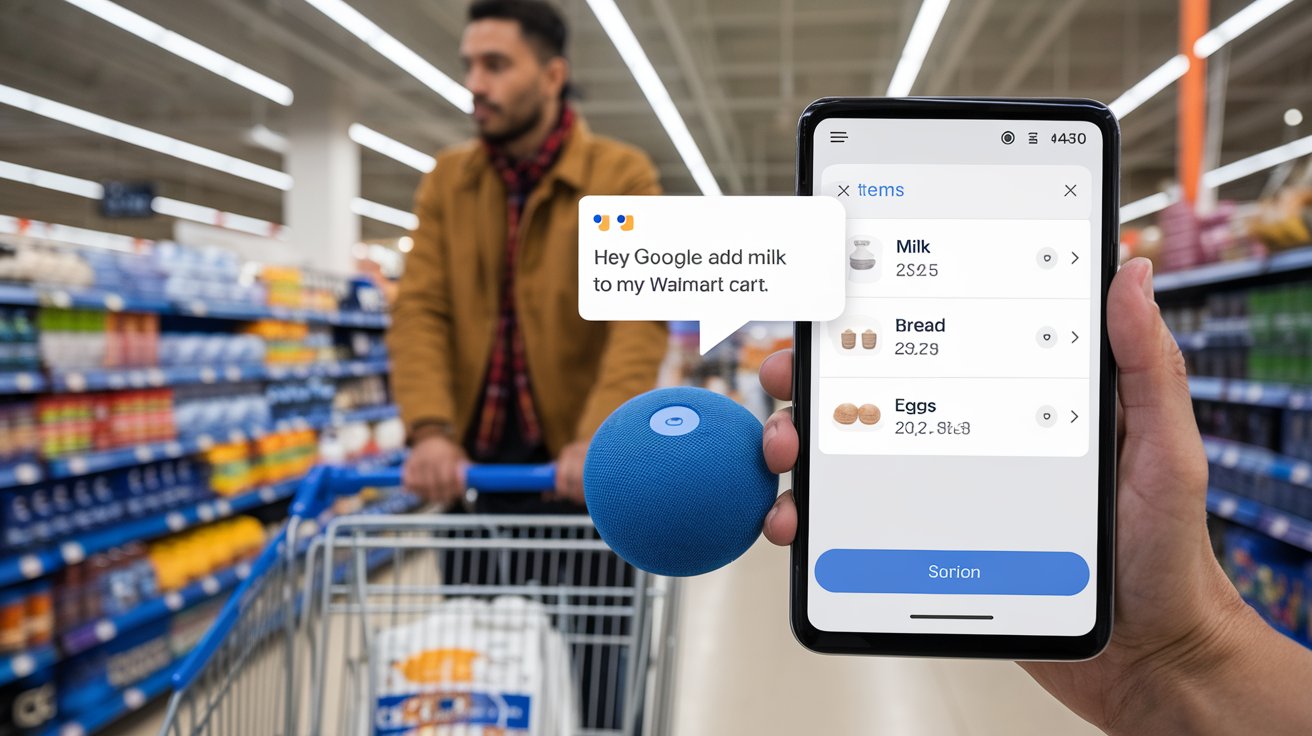 Live-stream Commerce
Live-stream Commerce
- Live-stream Commerce
Live-stream commerce blends video content with real-time product sales, allowing firms to demonstrate products in action, engage with customers, and answer inquiries live. This structure stimulates impulse purchases and provides a more interesting shopping experience. Live-streaming also increases trust because clients can see the products being exhibited live, which is especially successful in the fashion, cosmetics, and technology industries.
Example: Taobao, a popular Chinese shopping platform, hosts live-stream sessions where influencers showcase products in real-time. Viewers can ask questions and buy items directly from the live stream, combining entertainment and shopping.

- Multiple Payment & Collection Options
Offering a variety of payment alternatives is critical for meeting client expectations. Businesses may better respond to varied client preferences and increase conversion rates by offering digital wallets (PayPal, Apple Pay), cryptocurrencies, and Buy Now, Pay Later (BNPL) services. Flexible payment options eliminate barriers at the checkout, lowering cart abandonment and increasing revenues.
Example: Shopify stores offer various payment methods, including credit cards, PayPal, Apple Pay, and even Buy Now, Pay Later (BNPL) options like Klarna. This flexibility helps reduce cart abandonment as customers can choose their preferred way to pay.
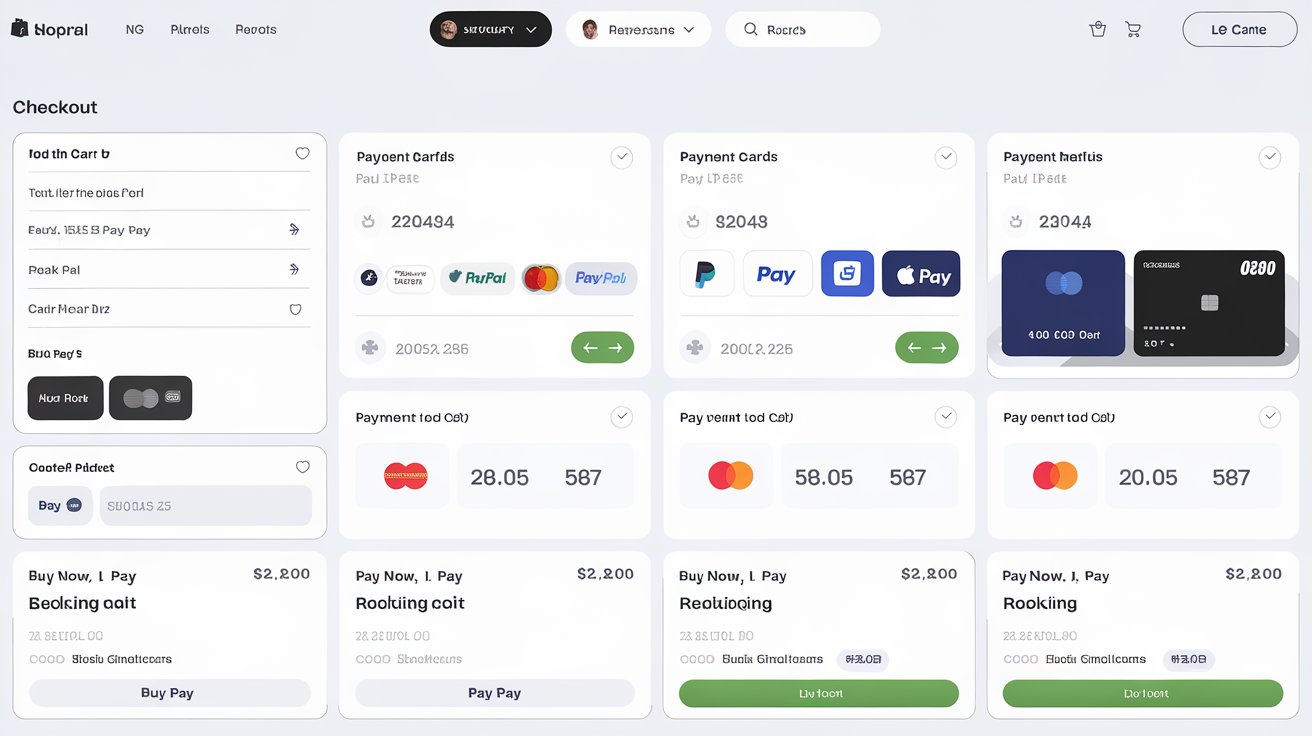 Your Page Title
Your Page Title
- Enterprise Resource Planning Solutions (ERP)
ERP systems combine several company activities, such as order processing, inventory management, and financial reporting, into a single streamlined platform. This connection increases productivity, lowers errors, and enables firms to scale more successfully. Companies with real-time data access may make more informed decisions, streamline their supply chains, and provide better customer service.
Example: Nike uses an ERP system to manage inventory, track orders, and monitor supply chain operations across their global stores. This integration helps ensure that customers can find products easily, whether online or in-store.
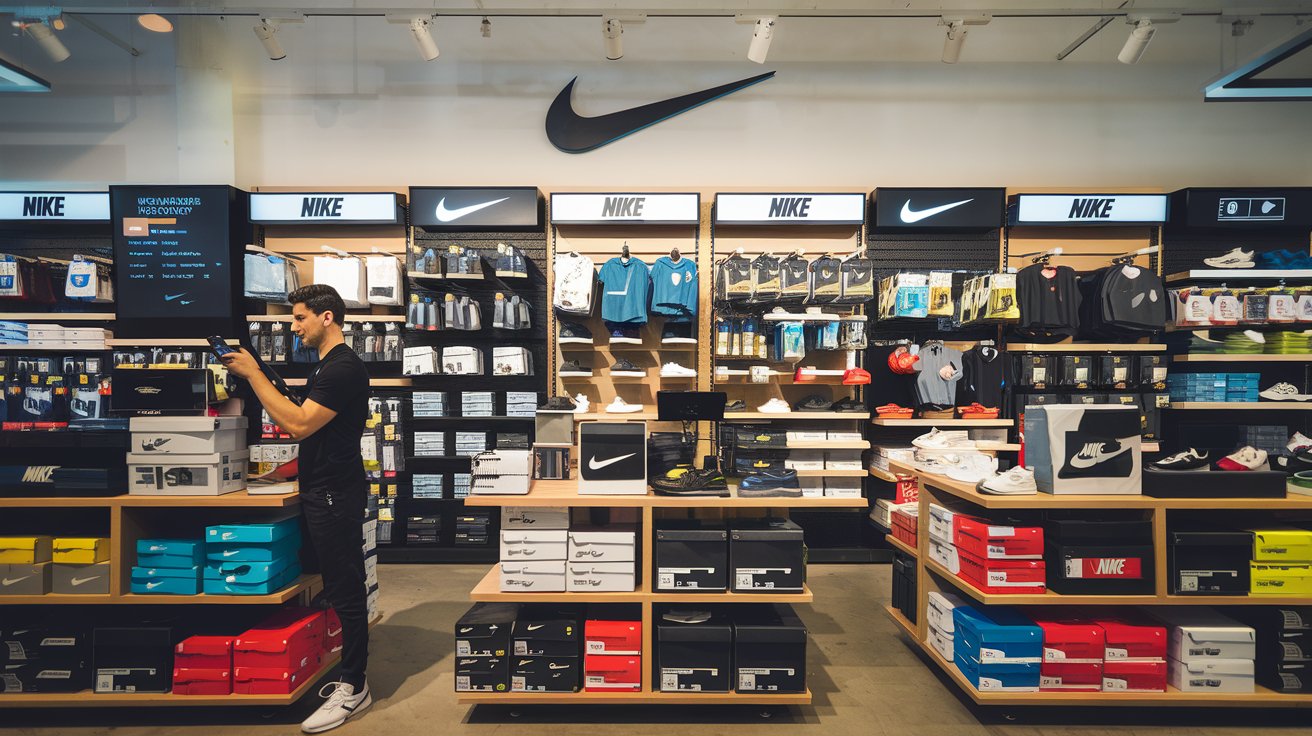 Your Page Title
Your Page Title
- Warehouse & Delivery Automation Technologies
Automation is transforming the logistics of e-commerce. Robotics, drones, and automated sorting systems are among the technologies that help to speed up order fulfillment and delivery. Automated warehouse solutions help organizations manage large order quantities while maintaining accuracy and efficiency. Drones, in particular, are transforming last-mile transportation by lowering delivery times and costs while improving the overall consumer experience.
Example: Amazon uses robotic systems to help move products around their warehouses, speeding up the process of packing and shipping orders. They also use drones in select locations for last-mile deliveries, allowing some customers to receive packages in under 30 minutes.
Your Page Title
- eCommerce Security Technology
Security is critical in ecommerce to secure customer data and prevent fraud. Encryption, secure payment gateways, and multi-factor authentication are technologies that protect sensitive information and ensure secure transactions. As cyber risks increase, ecommerce companies must invest in strong security technology to retain customer trust and comply with legislation such as GDPR.
Example: Shopify stores use SSL encryption to secure online transactions, ensuring customer data such as credit card information remains protected. Multi-factor authentication is also encouraged to add an extra layer of security during the checkout process.
Your Page Title
- Sustainability & Green Technologies
Sustainability is no longer optional. Consumers are increasingly choosing businesses that highlight environmentally friendly activities. Ecommerce businesses are embracing green solutions including eco-friendly packaging, energy-efficient logistics, and carbon-neutral shipping choices. These approaches not only decrease environmental effects but also attract environmentally concerned customers, giving businesses a competitive advantage.
Example: The Body Shop offers eco-friendly packaging options, like refillable bottles and biodegradable materials, helping reduce plastic waste. Their ecommerce platform highlights these green options, attracting environmentally conscious customers.
 Your Page Title
Your Page Title
- Chatbots & Intelligent Virtual Assistants (IVAs)
Chatbots and IVAs are transforming ecommerce customer service by providing real-time, 24-hour help. These AI-powered assistants answer questions, recommend products, and help with order tracking. They improve the customer experience by offering quick solutions, lowering wait times, and customizing contacts, all while allowing human agents to address more difficult jobs.
Example: Sephora’s chatbot on Facebook Messenger helps customers find beauty products, recommend personalized items, and track orders, providing 24/7 customer service without needing human intervention.
Your Page Title
- Blockchain for Secure Transactions
Blockchain technology offers a decentralized and secure method of recording transactions. Blockchain improves ecommerce transaction security by eliminating manipulation and increasing transparency. This is especially crucial for international transactions and supply chain management, where blockchain can aid in product traceability and fraud reduction.
Example: Everledger uses blockchain to track the origins of diamonds, ensuring that only conflict-free diamonds are sold. This transparency builds trust with consumers and helps prevent fraud in the supply chain.
Your Page Title
- Personalization & Customer Data Analytics
Personalization is at the heart of modern ecommerce, powered by complex analytics systems that collect and analyze client information. Businesses that understand client preferences can provide individualized product recommendations, targeted promotions, and tailored content. This not only improves the shopping experience; it also increases client loyalty and conversion rates.
Example: Netflix uses customer data to personalize movies and show recommendations. Based on what you’ve watched and rated in the past, Netflix suggests content that matches your preferences, enhancing user engagement.
 Your Page Title
Your Page Title
- Supply Chain Visibility Software
Supply chain visibility technologies enable real-time tracking and management of shipments, allowing organizations to respond rapidly to delays or interruptions. By increasing supply chain transparency, these solutions enable organizations to optimize processes, cut costs, and assure product delivery on time, resulting in higher customer satisfaction.
Example: DHL’s supply chain visibility software tracks shipments in real time, allowing businesses to monitor deliveries and inventory status. If there's a delay, the system alerts the company, helping them quickly adjust plans.
Your Page Title
- Cybersecurity & Data Protection
With the growing volume of online transactions, strong cybersecurity measures are critical to securing customer data. Technologies such as encryption, firewalls, and secure servers are critical for protecting ecommerce platforms from cyberattacks. Businesses may create confidence and avoid costly data breaches by conducting regular security assessments and ensuring regulatory compliance.
Example: PayPal uses encryption and fraud detection systems to protect users from identity theft and unauthorized transactions. Customers are alerted about suspicious activities to ensure their accounts remain secure.
Your Page Title
- Gamification
Gamification is the incorporation of game-like elements such as points, awards, and challenges into the buying experience. This strategy increases engagement and repeat customer by making shopping more enjoyable and rewarding. Gamification is frequently used in loyalty programs to incentivize customers to spend more money and connect with brands.
Example: Starbucks rewards app offers customers points (called "Stars") for every purchase. As they accumulate Stars, they can redeem them for free drinks and other perks, making the shopping experience more engaging and rewarding.
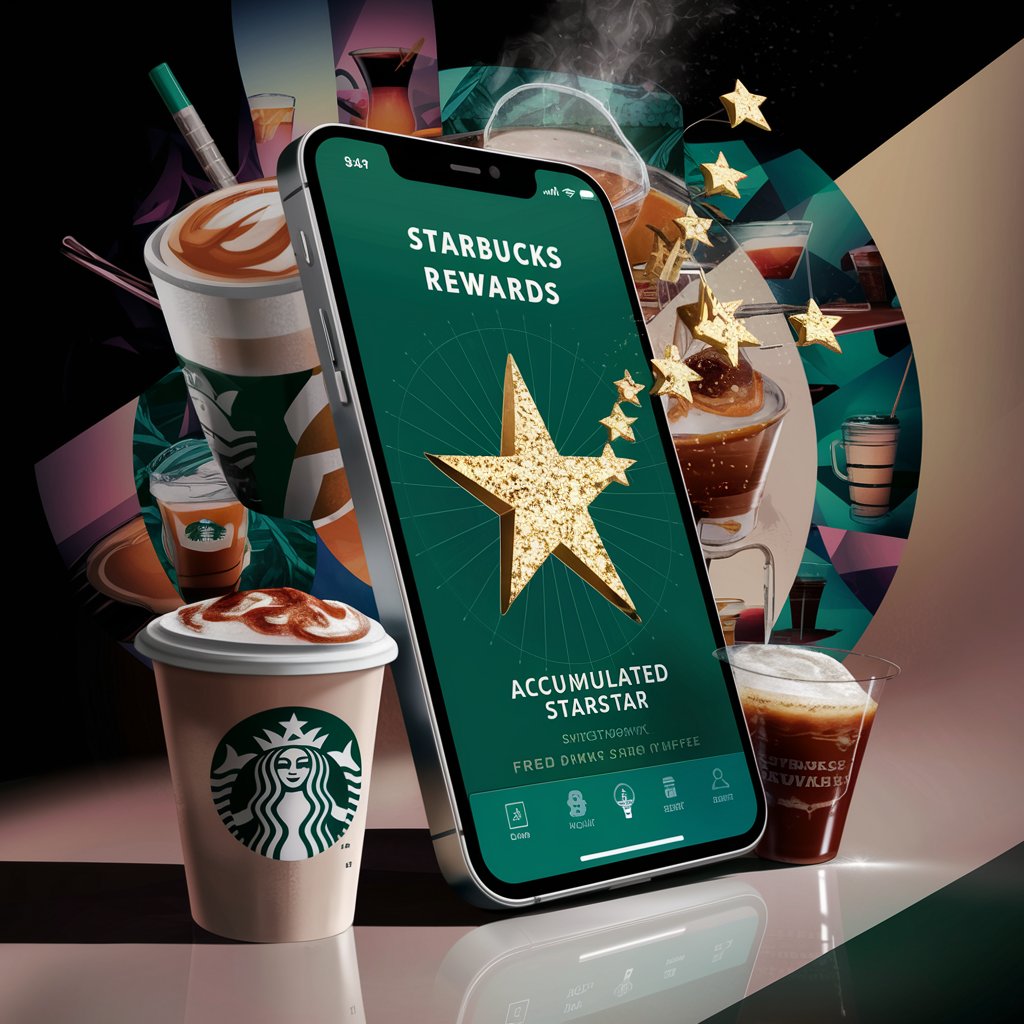 Your Page Title
Your Page Title
- Social Commerce & Influencer Marketing
Social commerce combines ecommerce and social media platforms, allowing customers to browse and make purchases directly through apps such as Instagram, Facebook, and TikTok. Influencer marketing enhances social commerce by allowing influencers to promote products to their audiences. These tactics increase sales through social proof and provide a smooth transition from discovery to purchase.
Example: On Instagram, Kylie Cosmetics shares posts where influencers showcase their products. Followers can tap on the post and buy the featured lipstick directly through the Instagram app, merging social media and shopping.
 Your Page Title
Your Page Title
- Subscription-Based Business Models
Subscription services are increasing in popularity as businesses realize the potential for recurring revenue. Customers benefit from subscription models because they are convenient and ensure consistent interaction with the company. Whether for regular product deliveries or special content, subscription models foster long-term client loyalty.
Example: Dollar Shave Club offers a subscription service where customers receive razors and shaving products monthly. This ensures recurring revenue for the company and provides customers with a convenient, hassle-free delivery of essentials.
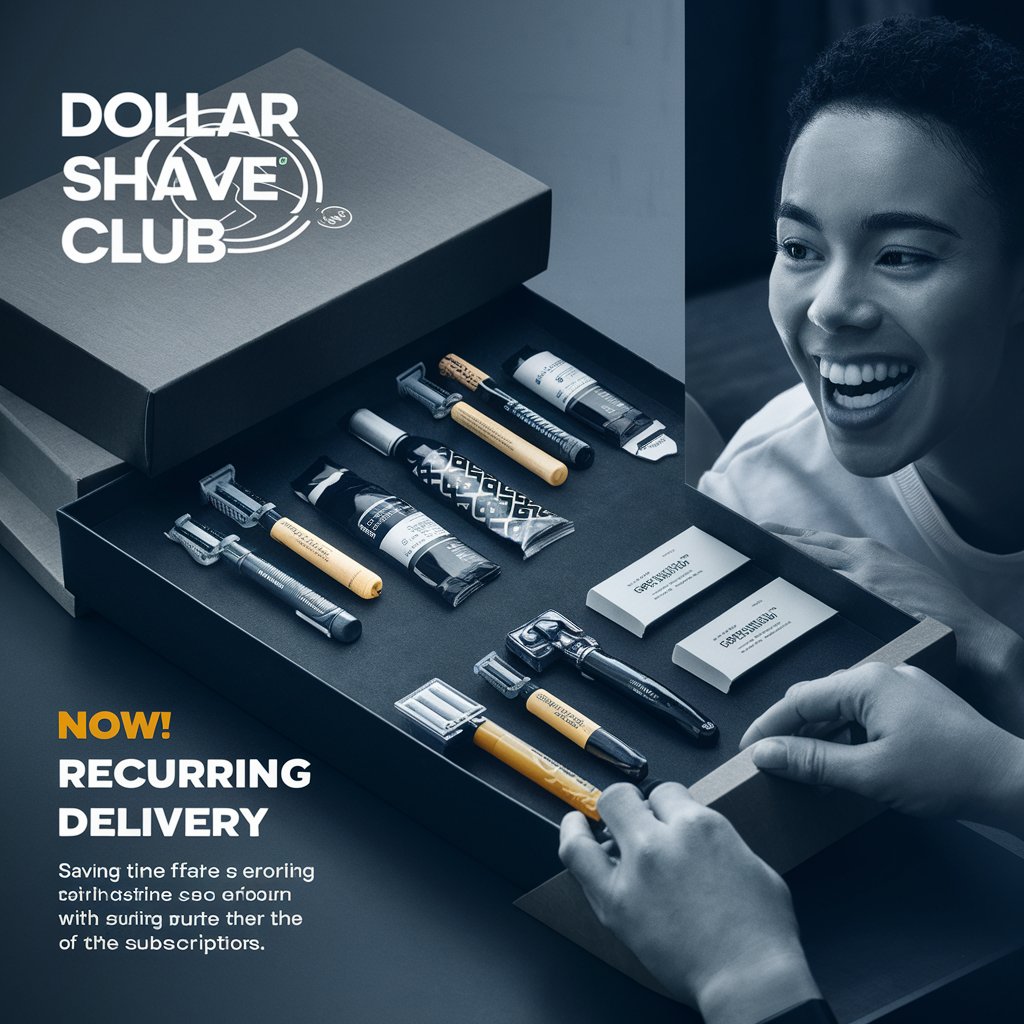 Your Page Title
Your Page Title
- Cloud Computing & Infrastructure as a Service (IaaS)
Cloud computing and Infrastructure as a Service (IaaS) provide scalable and adaptable solutions for ecommerce firms. These technologies let businesses store large volumes of data, execute programs, and access processing power without investing in physical infrastructure. Cloud-based technologies enable scalability during high periods, such as holidays, while maintaining performance.
Example: Shopify runs its ecommerce platform on cloud infrastructure, allowing businesses to host their stores without needing to worry about server management. Shopify automatically scales to handle traffic spikes during events like Black Friday sales.
Your Page Title
- AI Recommendation Systems
Artificial intelligence-powered recommendation systems improve user experiences by proposing products based on browsing history, preferences, and previous behavior. These systems promote cross-selling and upselling by providing customers with relevant options, resulting in increased sales and customer satisfaction.
Example: Spotify uses AI to recommend songs and playlists based on a user’s listening history. The system continuously learns your preferences, offering music suggestions that feel increasingly tailored to your taste.
Your Page Title
- E-Wallet Technology
E-wallets make the payment process easier by securely keeping consumers' financial details. These digital wallets accept a range of payment methods and enable quick and easy transactions, both online and in-store. As contactless payments gain popularity, e-wallets become increasingly important for frictionless checkout experiences.
Example: Apple Pay allows customers to store their credit card details on their phones and make secure payments online or in-store by simply tapping their devices. This speeds up the checkout process and offers added convenience.
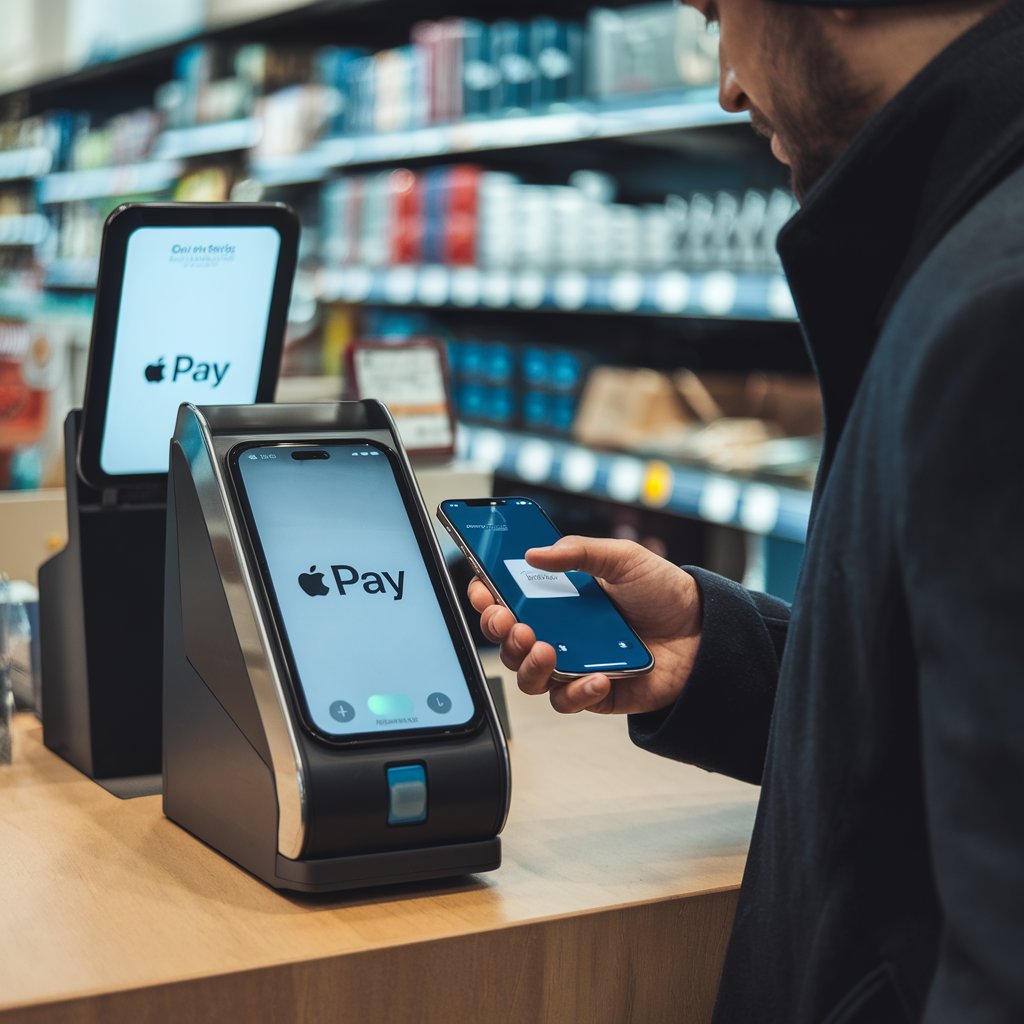 Your Page Title
Your Page Title
- Video Content
Video content is one of the most effective ways to engage internet shoppers. films, whether they are product demonstrations, unboxing films, or customer reviews, provide useful insights into items and assist customers in making informed selections. They also improve conversion rates and increase trust.
Example: Zappos uses product demo videos to showcase their shoes in action. Customers can see how the shoes look when worn and from different angles, which helps them make more informed purchasing decisions.
Your Page Title
- Customer Experience & CRM Integration
CRM integration enables firms to provide a more personalized purchasing experience by incorporating customer data into marketing initiatives. Integrated CRM systems enable ecommerce enterprises to log interactions, give better assistance, and personalize marketing efforts to particular client demands, resulting in higher customer retention.
Example: Salesforce CRM is used by companies like Adidas to manage customer data. By integrating the CRM into their ecommerce platform, Adidas can send personalized marketing emails and offer tailored product recommendations, improving customer retention.
Your Page Title
- Cognitive Supply Chain Management
Cognitive supply chain management, which uses AI and machine learning, improves supply chain efficiency by forecasting demand, controlling inventory, and making better decisions. Cognitive supply chains may foresee issues and allocate resources to ensure smoother operations by assessing data from several sources.
Example: IBM’s Watson AI helps large retailers like Walmart analyze demand trends and optimize stock levels. By predicting which products will sell more, reduces overstocking or understocking, ensuring shelves are always stocked with popular items.
Your Page Title
- Image Search Improvements
Image search technology enables customers to find things by uploading a photo rather than typing in keywords. Advanced picture recognition technology enhances search accuracy and creates a smooth shopping experience, allowing customers to locate exactly what they're looking for.
Example: Pinterest allows users to upload a photo of an outfit they like, and the app will find similar clothing items across online stores. This visual search technology makes it easier for customers to find products without typing in search terms.
Conclusion
As e-commerce continues to grow and evolve, businesses must integrate this cutting-edge technology in ecommerce to remain competitive in 2024 and beyond. From AI-powered personalization to immersive AR shopping experiences, these advancements are driving the future of online retail by delivering more efficient, secure, and engaging experiences for customers. By adopting technology in ecommerce like those provided by
99minds, businesses can not only meet shifting customer expectations but also improve operational efficiency, increase sales, and ensure long-term success. Staying ahead of technological trends is no longer an option—it's a necessity for thriving in the fast-paced world of ecommerce.
Your Page Title

Frequently Ask Questions (FAQs)
What are ecommerce technologies?
Ecommerce technologies refer to the tools, software, and systems that enable businesses to conduct online transactions and improve the customer shopping experience. These technologies include ecommerce platforms, AI, AR/VR, payment systems, and more.
How does AI impact ecommerce?
AI in ecommerce provides personalized shopping experiences by analyzing customer behavior and preferences. It helps in automating processes, predicting customer needs, improving inventory management, and increasing overall efficiency.
What is the role of AR/VR in online shopping?
AR/VR technologies offer immersive shopping experiences, allowing customers to visualize products in real-world settings, try on virtual items, or explore virtual stores. These technologies help reduce returns and increase customer satisfaction.














